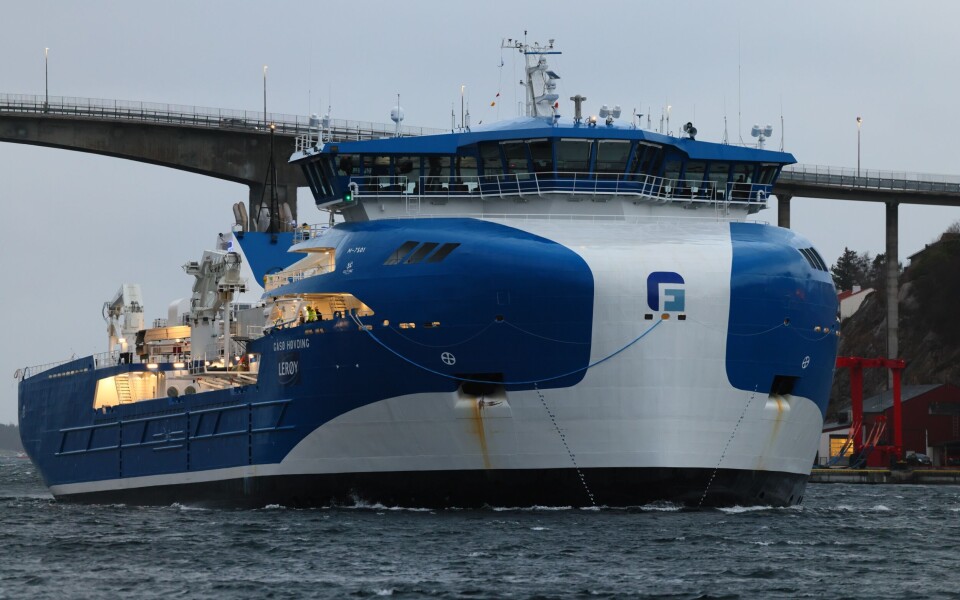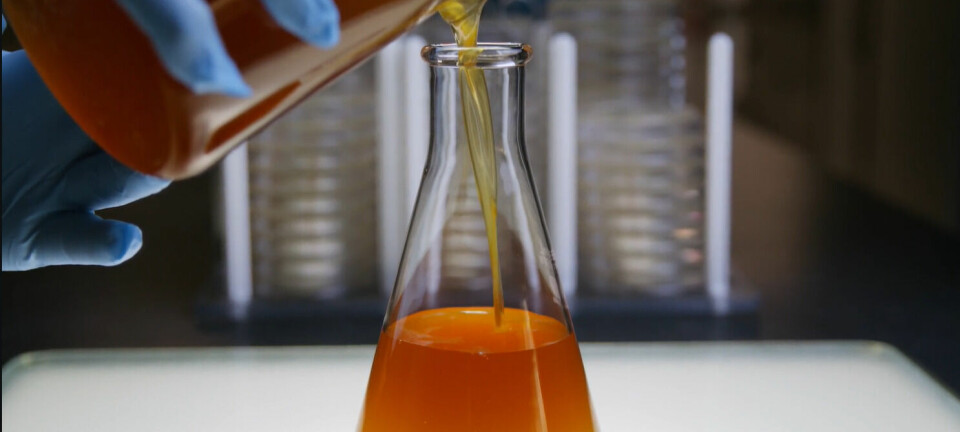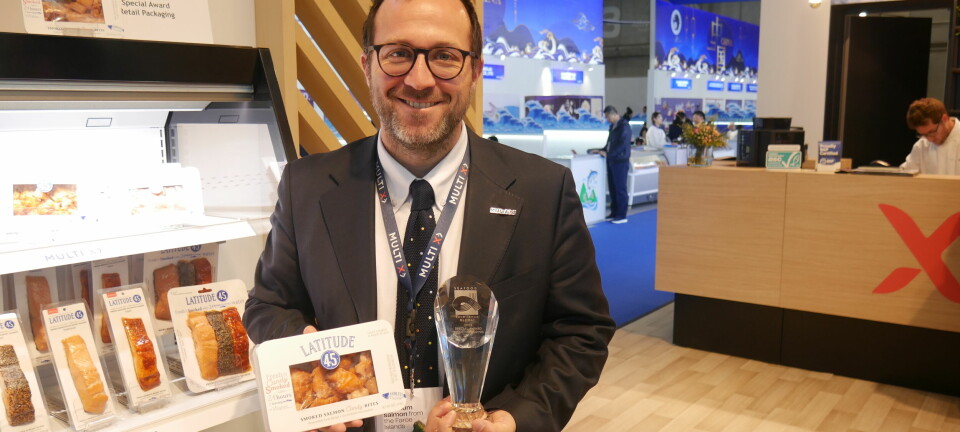
Take a look inside the world’s largest capacity wellboat
The wellboat Gåsø Høvding, which has a larger well capacity than any other wellboat currently in operation, has arrived in Norway from Turkey’s Sefine shipyard and will undergo technical inspections before it is handed over from owner Frøy to salmon farmer Lerøy Midt.
The new vessel is 83.2 metres long and 30.9 metres wide, making in shorter but wider than the Sølvtrans boat Ronja Storm, which previously held the record as the world’s biggest wellboat. The Ronja Storm’s fish tanks have a capacity of 7,450m³, while the Gåsø Høvding’s tanks can hold 7,500m³.
While the vessel itself has been constructed by Sefine, a shipbuilder in Yalova Province, northwestern Turkey, much of the aquaculture technology on board is Norwegian.
Value creation
“We are proud to contribute to value creation in [Norway’s] districts. In the last month we have delivered three new boats. Two have been built at Norwegian shipyards, while at Gåsø Høvding there have been several Norwegian subcontractors,” said Frøy wellboat operations director Oddleif Wigdahl in a press release.
The general manager of Lerøy Midt, Harald Larssen, went on board the boat when it was at the quay in Kristiansund. He liked what he saw, a powerful and beautiful boat, which is specially built for Lerøy Midt.
“We have been waiting for this, and we are very excited to see it in operation. The first impression is good, and we look forward to using the boat,” said Larssen.
12-line Hydrolicer
He said that Gåsø Høvding starts the job of transporting harvested fish on Sunday. The wellboat is equipped with negative pressure sorting and removal of all types of cleaner fish, freshwater treatment with reuse, a 12-line Hydrolicer and an advanced and automated hygiene system.
“It will be exciting to get it used,” said Larssen about the boat which can load more than 1,000 tonnes of fish per hour. This capacity makes it more environmentally friendly and economical, because it can process and transport more fish in less sailing time.
The high load capacity means that a positive contribution to fish welfare, because operations can be carried out faster and expose the fish to less stress.
“The large deck area makes the boat an optimal, flexible and safe work platform. Everything has been arranged for the best possible and gentle treatment of the fish,” Wigdahl said.




















































